Welcome to this week’s 21st Century Technology headlines. Each week I select a few interesting stories about technological innovation that can help us tackle the problems we face this century. As always I encourage you to comment, ask questions and provide input on topics I write about or feature. This week focuses on computers that can read lips, the latest cold fusion news for both skeptics and believers, cyborg bugs for search and rescue, and a symposium and plans for a 100-year starship.
Artificial Intelligence Update: Computers Being Taught to Read Lips
In “2001: A Space Odyssey,” the astronauts fail to realize in a private conversation that the HAL computer could read their lips. Subsequently events unfolded in dramatic fashion. That was science fiction. Now for the reality.
Scientists in Malaysia are teaching computers to interpret human emotions by following lip and facial patterns. Their research has been published in the International Journal of Artificial Intelligence and Soft Computing. The computer is not just being taught to read lips, but to understand through human facial expressions, human emotions. Using a “genetic algorithm” that keeps getting better with each iteration, the computer is capable of recognizing happiness, sadness, fear, anger, disgust and surprise. Hope that means no surprises for all us intelligent life forms going forward.
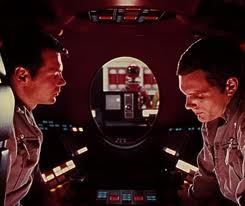
Energy Update: After Zurich Conference on Cold Fusion We Remain in the Dark
Andrea Rossi, the idol of the cold fusion community, talked a lot in Zurich, at the much anticipated September 8 conference, about a working, commercial, cold fusion reactor. But “talking” is the operative word. Rossi held up a paper from an independent third-party contracted to test the E-Cat cold fusion device called the Hot Cat. Results of these tests, Rossi claimed, showed net energy produced amounting to 3.6 kilowatts for every 1.28 kilowatts of input, roughly a 3:1 ratio.
Measuring energy output and input remains a challenge for the industry. Is a 3:1 return better than what we get from damming a river to generate hydro? I’ve tried to find ratio measures for different energy producing technologies and hope one of you, my readers may have found a source you can share with me. Then we could compare apples to apples.
But getting back to the Rossi Hot Cat results, a day after the conference, Hydrofusion Ltd., a company that is a licensee of Rossi’s E-Cat, stated in a press release that it had witnessed independent tests of the Hot Cat on July 16th and August 17th, and could not support any claims made, “written or other, about the amount of excess heat generated.”
Now I know that those who are followers of cold fusion are going to get your shorts in a knot, but once again, Rossi, as the leading spokesperson of the LENR community, continues to fail to demonstrate an independently verifiable, workable device. And once again, for those who will send me comments stating I don’t know what I’m talking about, all I say is show me. I’m not from Missouri but would welcome reviewing a demonstration, a scientific paper, a real device that actually is marketable. Because if it works then LENR opens a world of possibilities.
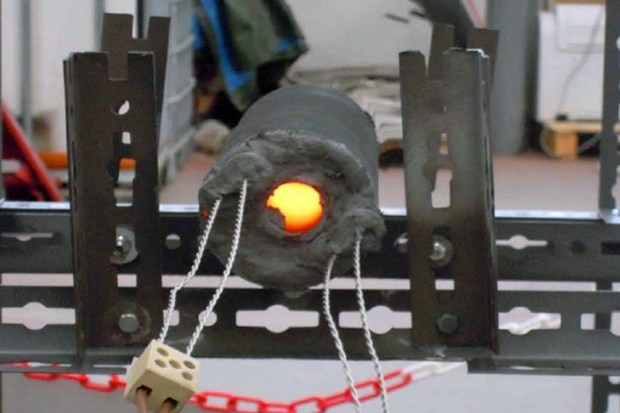
Robotics Update: Cockroach Cyborgs Can Go Places No Human Has Gone Before
Building bio-mimetic robots is one way to take advantage of what evolution has already proven works. But another way is to take an animal and add bot technology to it to create a cyborg. That’s what engineers at North Carolina State University are doing with the Madagascar Hissing Cockroach, saddling it with a backpack of electronics that includes a micro controller, wireless receiver, and battery pack. Wired into the roaches antennas, a sent signal guides the insect where the sender wants it to go. It could be called riding the roach just like being on horseback.
Why a roach? Because roaches can get around. A roach can slip into a building after an earthquake and traverse the wreckage to spot survivors. A roach can enter a hostile environment and provide surveillance. A roach can get into pipes and walls. And roaches are durable, surviving in extreme conditions. Isn’t that why we hate them?
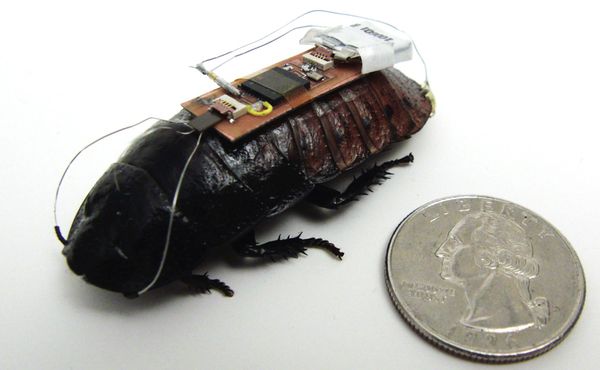
Space Update: Symposium Looks at the Next 50 Years of Spaceflight
The 100-Year Starship Symposium began its meeting in Houston on September 13 of this week to discuss a very big idea – interstellar travel. With seed funding from DARPA, the symposium is bringing together engineers, political leaders and scientists to study the feasibility of building a starship within the 21st century to travel to our nearest stellar neighbour, Proxima Centauri. At 12% the speed of light, such a ship would take 50 years to reach this red dwarf star approximately 4.24 light years from Earth. Former American President, Bill Clinton, has signed on as honorary chair because he believes the technology to drive humanity outward will also provide benefits for those who remain here on Earth.
Two Greek myth-inspired project ideas, one from the 1970s, called Project Daedalus, and its more recent successor, Project Icarus, will certainly be discussed. Both projects conceived of building an enormous fusion-powered spaceship for interstellar flight.
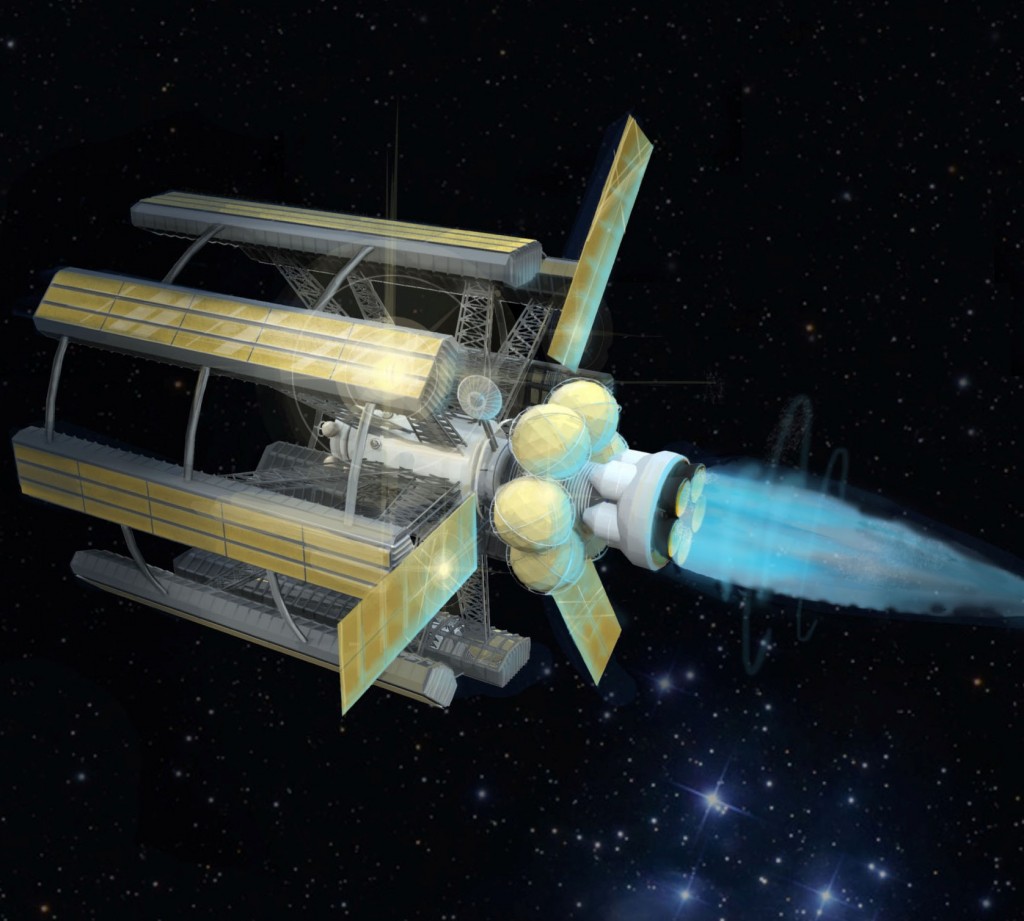
The spaceship, seen in the artist rendering above, is the one proposed for Project Icarus. It would consist of an enormous banded cylinder with habitation bays (the long rectangular yellow objects) connected by pedestrian viaducts (the spokes). The ship would rotate around a central zero-gravity core which would also be connected to the engines and the central power generators. Design specifications propose a radius of 400 meters (approximately 1,300 feet), and a length of 775 meters (over 2,500 feet) for each of up to five habitation modules. In full compliment the spacecraft target population would be 10-12,000.
A self-contained environment, seen in the artist depictions below, as well as two images of the design, show an artificial world where inhabitants could wander several kilometers on a walk through highly variable neighborhoods joined by transit spokes. Diverse housing styles and accommodation would create a variable interior landscape with lots of “green” space and open courts. The internal habitat would be reconfigurable to provide variety for the space travelers on their long voyage to the stars. A fantasy? Maybe, but those convening at this symposium see this as a future 21st century reality.
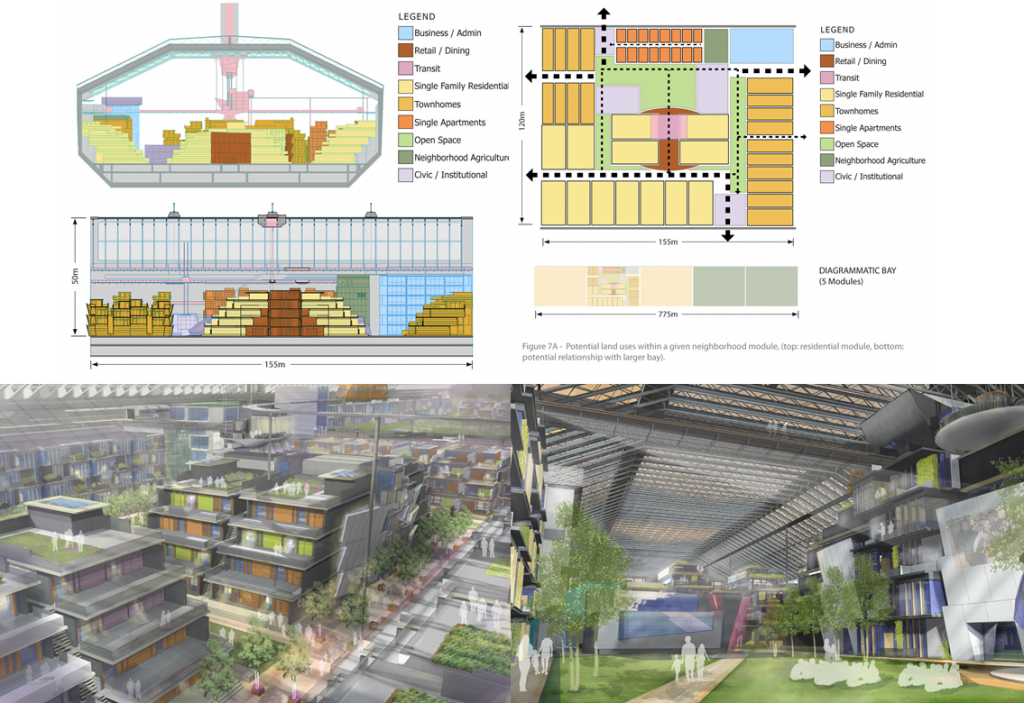
A Postscript
Readership continues to climb. Thank you for inspiring me to continue to write.
Some of you may have come to 21st Century Tech through my Facebook site. If you did please go back and “Like” the Facebook page. I’m getting close to the 30 “Like” readers to give me access to analysis of reader traffic through that site.
To the many thousand of you who continue to visit here each month, and to all of you who are here for the first time, thanks for dropping by and keep on coming back. You can do this by subscribing so that you receive every new posting in your email inbox.
For your efforts I promise to keep you interested and intrigued about 21st century technology and our future. – Len Rosen
















Len says: “Measuring energy output and input remains a challenge for the industry.”
If the “LENR industry” has any contraption that actually produces significant “excess energy,” there is nothing challenging about measuring it. Just circulate water through the contraption and a garbage pail of crushed ice and weigh the melt water and notice the time required. A wristwatch, bathroom scale, and a few empty gallon jugs would give measurement precision of output power greater than 10%. It’s very difficult to fudge energy output when melting ice. Most any HS physics class given an assignment of developing schemes for fudging input power to LENR gadgets could readily measure input power to better than 10% precision with a kitchen thermometer, bucket of water, and 50-cent wire wound ceramic resistor.
The great challenge the LENR promoters face is trying to make inconclusive tests seem conclusive to persons that have some modicum of scientific or engineering competence. The basic scheme of the reported Hot-Cat test was scientifically absurd, and it proves nothing except Rossi is again trying to convince technically naive persons his contraptions actually produce significant amounts of over-unity heat. There was zero direct calorimetry. The Stefan-Boltzmann radiation law is a 4th power law. That means small changes in absolute temperature produce large changes in radiation emission. Rossi’s Hot Cat test purported to measure not temperature, but infrared radiation levels, which would be very sensitive to relatively small changes in source black body temperature. A slight miscalibration of the radiation meter would produce a large error in reported results. Let Rossi heat some shopping malls in the Canadian winter with his original E-Cat concept (which would certainly make him a billionaire and generously fund further rapid development of Hot Cats, and then come talk to us about raising electrical power plant turbine steam with his Hot-Cat. I’m guessing Rossi doesn’t melt ice because he doesn’t know how to make it convincingly seem like “excess energy” is melting the ice. No point of beating on why no E-Cats are heating shopping malls.
Len says: “Is a 3:1 return better than what we get from damming a river to generate hydro?”
That’s a good question, but a tough one; it’s really not a market economy issue. Hydropower is nearly always economically justified on the multiple basis of flood control, crop irrigation, river navigation, municipal water reservoirs, recreational impoundment, regional development, and electrical power. In many instances the power production is less significant than the other considerations, which might well justify the dam and impoundment even if no power at all were produced. Opinions are going to vary widely, but from a purely energy engineering perspective, I’d say a “good” energy project is one that produces at least 10-times more power output than input. But with something like the completely benign E-Cat, which produces only low-grade non-polluting heat, for many applications, it would make a lot of economic sense with a COP of 3 or better. That could virtually eliminate chemical combustion as the primary source of comfort heat. With temperatures higher than 500 C steam turbines producing electricity come into the picture, and there COPs better than 6 seem needed to compete with NG.
A Swedish group was proposing, subject to a compelling demonstration, to invest some $85-million into Rossi’s Hot Cat. See: http://energycatalyzer3.com/news/ecat-test-failure-leads-to-loss-of-85-million-investment
“Rossi presented what he claims are third party results that verify that the ecat can generate temperatures of up to 1200 degrees Celsius.”
Apparently, the Swedish investors that had $84-million to invest brought a competent engineer consultant to the Hot Cat test. Could be the engineer informed the potential investors of the well-settled fact that an ordinary 30-Watt tungsten filament incandescent bulb generates temperatures over 2,000 C. Commercial viability of a potential heat source is mostly related to how much heat it produces per unit of time over sustained periods; not to how hot it gets. The Swedish group saw no evidence that Rossi’s Hot Cat contraption was putting out any more heat than they would unexceptionally expect from the scale of input current. There was no reason to speculate about whether the Hot-Cat contraption internal temperature was 1,200 degrees or not. Rossi was saying, “See, it’s 1,200 degrees, and it’s radiating more energy than the electrical input” and the investor group’s engineer was saying, “Yeah, but it doesn’t seem to be putting out any more energy than you are putting into it. What’s the point?” If Rossi’s contraption really worked as claimed, all he would have needed to do to get the big money is to have put a water jacket on it and measured temperature rise in a known mass of circulating water. The village fool could see by simple inspection looking through the cylindrical contraption’s end holes that the interior was glowing red hot, which was plenty hot enough to name it a Hot Cat and to suppose it could produce at least some small amount of turbine grade steam. Are we supposed to believe that with $85-million at stake, Mr. Rossi, thinking to himself that his contraption works as he claims, didn’t want to go to the trouble to install a simple water jacket. That doesn’t argue well for Mr. Rossi’s sanity.
There is an obvious alternative explanation for the lack of a water jacket. Mr. Rossi knew the water jacket would show no net energy production, and that would be less likely to win the $85-million than the Niagara of complex technical mumbo-jumbo that he supplied.
From this point forward it will prove increasingly difficult for Mr. Rossi to find major investors without melting several garbage pails of crushed ice or at least doing some simple mass flow calorimetry. One would think that with $85-million at stake Mr. Rossi would make his best effort demonstration. Seems reasonable to suppose that’s just what he did. Before this latest failure to convince potential investors I would have guessed there’s maybe a 5% chance E-Cat actually works as claimed; now I’m thinking a better guess would be 0.5%.